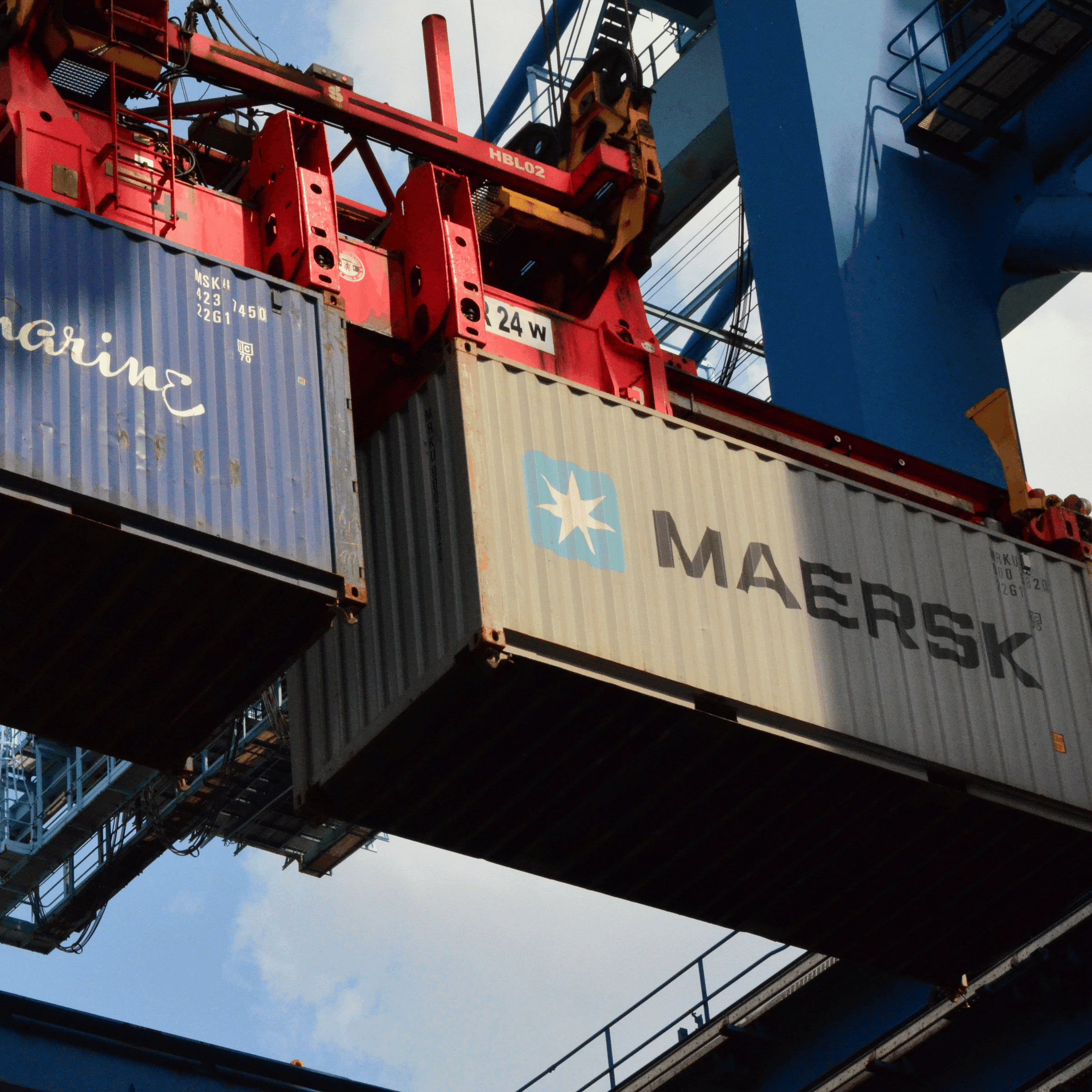Introduction
In the complex world of fulfillment and order processing, smooth, accurate, and timely exchange of information is paramount. This is where Electronic Data Interchange (EDI) comes into play. In this article, we will delve deeply into understanding EDI, exploring what it is, how it works, and why it is used by third-party logistics providers (3PLs) in the context of fulfillment and order processing.
What is EDI?
Electronic Data Interchange (EDI) refers to the computer-to-computer exchange of business documents in a standardized electronic format between business partners. These documents can include purchase orders, invoices, shipping notices, and many others that facilitate business transactions. EDI replaces traditional paper-based exchange, promoting efficiency, reducing errors, and enhancing the speed of business processes.
How EDI Works in Fulfillment and Order Processing
Document Preparation
Traditional Method: Companies create documents like purchase orders or invoices manually.
With EDI: The computer system automatically generates documents, saving time and reducing errors.
Document Transmission
Traditional Method: Companies send documents via mail, fax, or email, causing delays and increasing the risk of loss or damage.
With EDI: Documents are transmitted electronically, ensuring instantaneous, secure, and reliable transmission.
Document Processing
Traditional Method: Recipients manually enter data into their systems, a time-consuming and error-prone process.
With EDI: Systems automatically process received documents, enhancing speed and accuracy.
Transaction Completion
Traditional Method: Delays and errors may slow down transaction completion.
With EDI: Enhanced accuracy and speed ensure efficient transaction completion.
Integration with Other Systems
With EDI: EDI can be integrated with other systems like Enterprise Resource Planning (ERP) and Warehouse Management System (WMS), further enhancing efficiency and automation.
Why EDI is Used by 3PLs
Enhanced Efficiency
3PLs deal with multiple clients and vast amounts of data. EDI allows for the efficient handling of this data, automating many processes and minimizing manual interventions, thereby reducing the scope for errors and delays.
Cost-Effectiveness
By minimizing manual work, 3PLs can reduce labor costs. Reduced errors mean fewer costs associated with corrections and delays. Timely and accurate transactions lead to better business relationships and potentially better deals and contracts.
Improved Accuracy
Automation significantly reduces the chances of errors in document processing, ensuring that transactions are more accurate and reliable.
Better Scalability
As businesses grow, the volume of transactions also increases. EDI systems can easily handle increased data volume, ensuring that 3PLs can scale their operations without a proportionate increase in costs or complexity.
Compliance and Standardization
Many industries require compliance with certain standards for data exchange. EDI ensures that 3PLs adhere to these standards, ensuring smoother business transactions and reducing the risk of compliance-related issues.
Enhanced Customer Satisfaction
Faster, more accurate, and more efficient operations translate into better service for the end customers, enhancing customer satisfaction and potentially leading to more business.
Environmental Sustainability
By reducing paper usage and physical transportation needs, EDI also contributes to environmental sustainability.
Conclusion
In the fast-paced world of fulfillment and order processing, 3PLs need robust and efficient systems to handle transactions. EDI stands out as a technology that meets these needs, offering numerous benefits including enhanced efficiency, cost reduction, improved accuracy, and better scalability. By integrating EDI into their operations, 3PLs can ensure smooth, accurate, and timely transactions, contributing significantly to their operational excellence and customer satisfaction.






